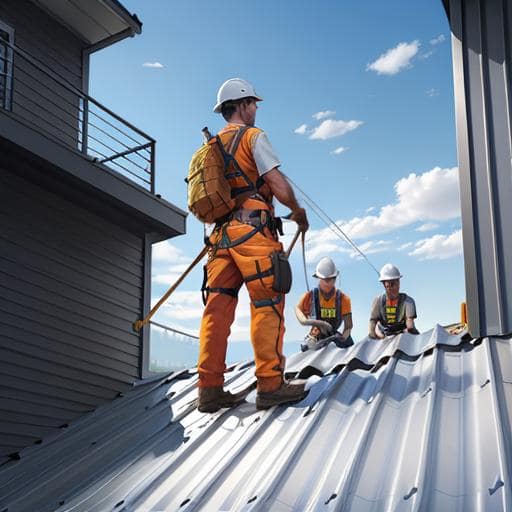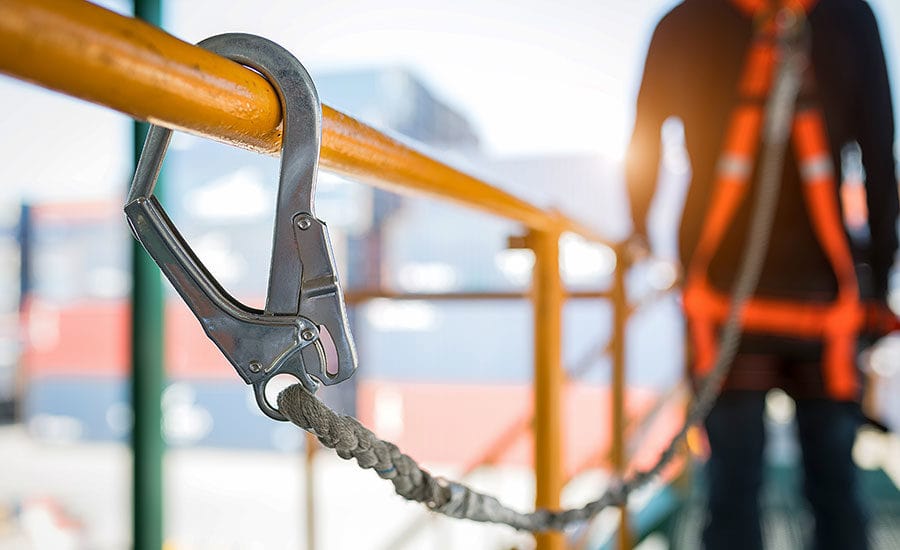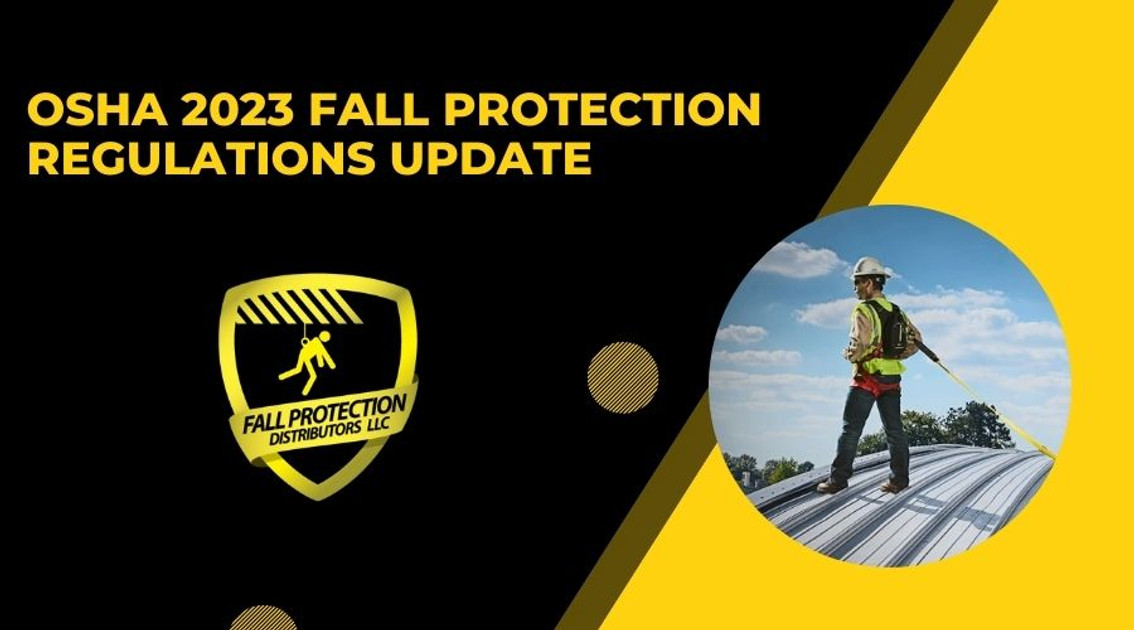2023 OSHA Regulations
Posted by Howie Scarboro - CEO Fall Protection Distributors, LLC on Dec 1st 2023
As we step into a new year, it's important to be aware of the fresh set of regulations and standards that can have a significant impact on various industries, particularly in terms of safety. In 2023, there are some updates to OSHA regulations and ANSI fall protection standards that all safety managers should have on their radar. Staying knowledgeable and proactive will ensure that your company steers clear of any compliance related issues.
OSHA's Final Rule; Heat Illness Prevention
After more than ten years in development, OSHA has finally released its Final Rule on Heat Illness Prevention. The primary objective is to enhance the safety of both outdoor workers by mitigating the risks associated with hazardous heat levels. Effective from April 2023 onwards, this rule establishes workplace temperature standards and mandates covered employers to implement control measures aimed at safeguarding employees.
Here are some key elements you need to be acquainted with;
- Workplace temperature limits are determined based on wet bulb globe temperature measurements.
- Mandatory cool down breaks provided in climate-controlled environments.
- Worker acclimatization plans formulated along with monitoring for signs of illness.
- Emergency response procedures for heat stroke and heat exhaustion must be established.
- Accessible water sources and designated shade or cooling areas should be made available.
To avoid any citations it is crucial that your heat illness prevention program addresses these specific areas. OSHA offers resources to help companies comply with regulations.

Revised Guidelines for Inspecting Fall Protection Equipment
While there are no new fall arrest system standards in 2023, OSHA has recently updated its guidance for employers on conducting thorough inspections of fall protection equipment. The updated guidelines provide instructions for qualified individuals;

ANSI Standards Update Regarding Active Fall Protection Systems
The American National Standards Institute (ANSI) has been actively working on developing standards related to fall hazard safety management. This year ANSI approved an update, to its Z359.6 standard specifically addressing the use of active fall protection systems. The updated standard introduces requirements and testing methods for active systems that utilize advanced electronics to monitor workers conditions. These systems allow for detection of falls and employ descent control devices when necessary.
Notable changes include;
Stay Updated
By staying informed about standards changes, such as those set for 2023 safety directors and managers can remain compliant while continuously improving their worker safety programs. Regularly check the OSHA and ANSI websites. Collaborate closely with your fall protection equipment suppliers ensuring that your fall arrest systems provide optimal state of the art protection for employees working at elevated heights. Don't hesitate to reach out if you have any questions regarding compliance, in 202 3!

